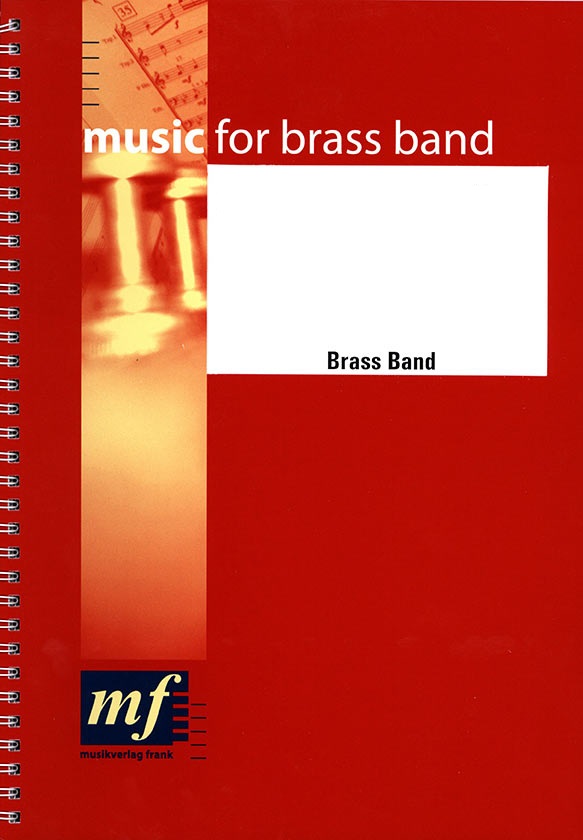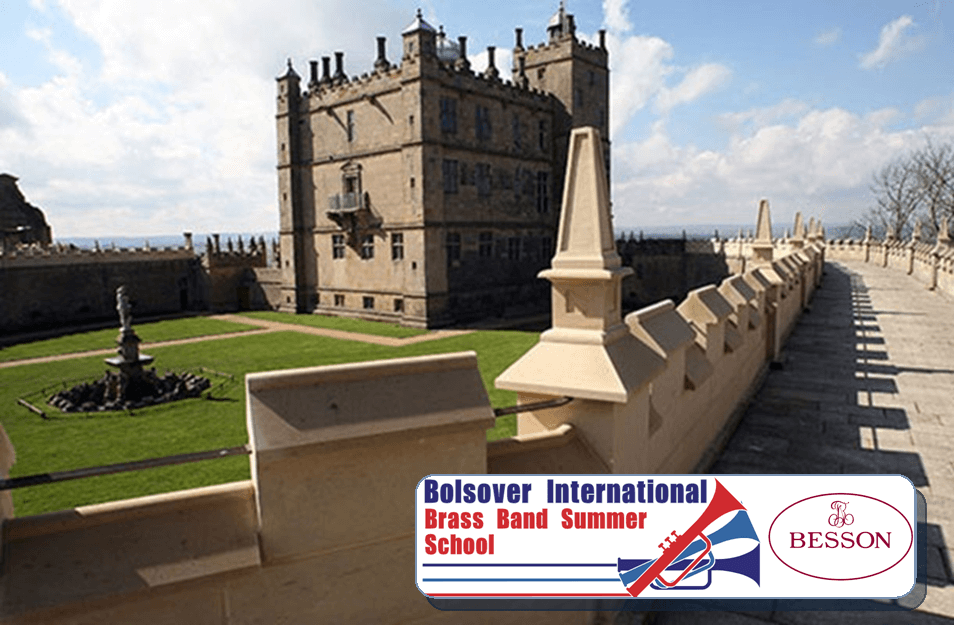Results
-
 £69.00
£69.00The Last Rose Of Summer - Jirka Kadlec - Bertrand Moren
Estimated dispatch 5-14 working days
-
 £149.40
£149.40Viking Saga - Ray Farr
"Viking Saga" was inspired by my conducting engagements in Norway in the 1980s. Among them was a visit to the Flekkefjord Pike Korps who asked me to write a piece for them. I had just written "Adventures in Brass" which was very popular, particularly with younger bands, so I decided to pursue the creative energy. My teacher, at that time, was Professor Edward Gregson who encouraged me to develop my ideas into a full-scale work. The piece received a few performances in this version but neither I, nor my teacher, were satisfied so the manuscripts lay dormant. In the summer of 2002 a band from Switzerland- Cordula Brass Baden and Christoph Moor, who had played the piece under mydirection in the Swiss National Youth Band, commissioned me to finish the work and make the changes that, I felt, were needed. In 2016 the Tonsberg Wind Band, from Norway, commissioned a wind band version for their performance in the Norwegian Championships held in Trondheim 2017.
Estimated dispatch 5-14 working days
-
£32.95
Last of the Summer Wine - Hazelhurst
Estimated dispatch 5-14 working days
-
 £92.00
£92.00The Last Rose of Summer (Die letzte Rose) - Friedrich von Flotow
Estimated dispatch 5-14 working days
-
 £30.60
£30.60 -
 £19.60
£19.60LAST ROSE OF SUMMER (Partitur/Score) - Traditional - Huonder Ivo
Estimated dispatch 7-14 working days
-
 £50.90
£50.90GREEN LEAVES OF SUMMER, THE (Brass Band) - Tiomkin, Dimitri - Fernie, Alan
Easy
Estimated dispatch 7-14 working days
-
 £32.95
£32.95LAST OF THE SUMMER WINE (Brass Band) - Hazelhurst, Ronald - Rumford, William
Estimated dispatch 7-14 working days
-
£28.00
-
 £29.50
£29.50Bolsover Castle - Gavin Somerset
This work was commissioned by the Bolsover International Brass Band Summer School in memory of David Morris, a valued member of both the Summer School and Festival of Brass team. The light-hearted, traditional style March is playable by most levels of bands and following its popularity, has been declared the BIBBSS's signature tune. A donation from each sale of this title is being made to fund the 'Dave Morris Bursary Fund', to aid young people that need financial support to attend the Summer School. Course leader, Steven Mead describes the work as, "A really outstanding composition, based on the traditional March format, but with a freshness and excellent thematic material. It is a brisk march in 6/8 that is a delight to play and to listen to."
In Stock: Estimated dispatch 1-3 working days
